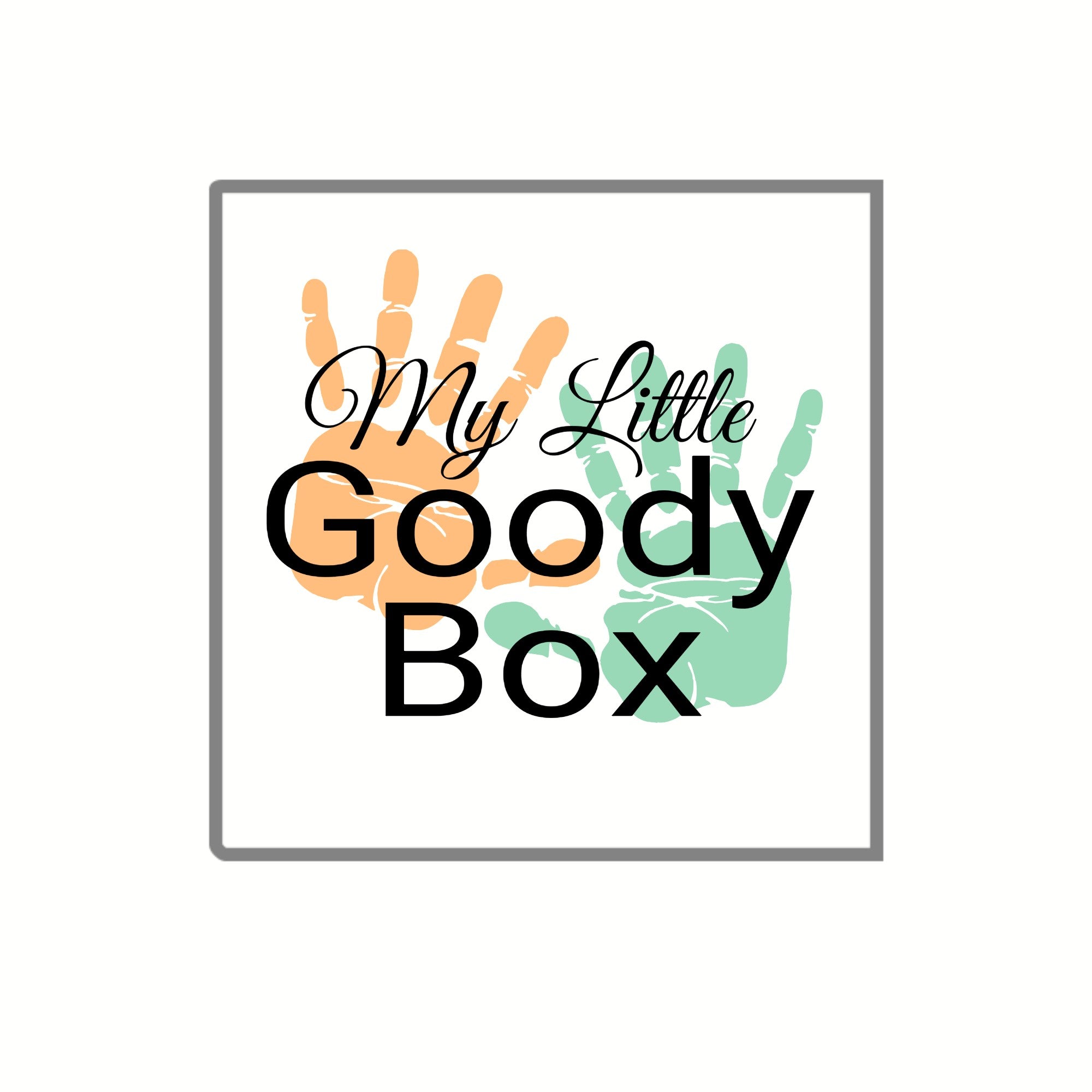Your shopping bag is empty
Go to the shopSensory Box Information
Sensory Box Information
Hello, and welcome to the world of sensory play! We are so excited for you and your baby to start playing but before you begin, we want to make sure you are doing so safely and using the toys and props appropriately.
Please read all the relevant sections below for the items you have purchased and/or received in your box before you start to play. If you have any questions, please do not hesitate to contact us.
A little bit about the developmental benefits of sensory play and your babies development as a newborn:
.
- Newborn babies can only distinguish black and white tones which is why high contrast play is so beneficial for visual stimulation, increasing focus and attention span.
- Newborns can see clearer when items are around 8-10 inches from their face - so aim to hold items in this distance range to engage your baby when playing
- As your baby starts reaches 3 months they will begin to see more colours, red being one of the first.
-
From around 6-8 weeks babies might start being able to track items with their eyes - move their toys around slowly in front of them to practice. You may notice baby trying to bat their toys too - this is them practicing their hand-eye co-ordination.
- Sensory play is a great opportunity to explore textures, shapes, colours etc as it helps babies develop an understanding of the world around them - through their senses!
- As your baby gets older and begins to hold items, this is a great time to let them explore their toys independently, where age appropriate to build an understanding of cause and effect - e.g. when baby shakes rattle it makes noise, or when they hit the toy it moves, etc.
- Tummy time can be hard to get babies on board with at first- why not try introducing tummy time by laying baby down on your chest and talk or sing to them - tummy time is so important for building muscles that will eventually help your baby sit, crawl, stand and walk.
Onto the important things before you play...
Please read all product specific labels and warnings before first use and retain information for future reference. Items should not be left in an accessible place or within reach of the child when not in use with a supervising adult. Please inspect the items and dispose of any of the above mentioned products at the first sign of wear and tear or damage. Remove all packaging from items before play and/or handing items to your baby (where appropriate). Packaging is not a toy and should never be in reach or accessible to a baby.
Ribbon Ring
- To be handled by an adult when playing with baby.
- Not to be used as a teether, or to be mouthed.
- Never to leave with baby unattended.
- Ensure all ribbons are tight and secure before every use.
- If ends fray or there any other signs of wear and tear/damage, please discard immediately.
Gently stroke baby's body parts with ribbon, you can name body parts as you are doing so to help build self awareness and introduce new language.
Use the ribbon ring to accompany songs to provide a multi-sensory experience, again using it to gently stroke baby's body.Hang above baby just within reach to encourage reaching out, hand- eye co-ordination and cause and effect learning.
- This is not a toy - only a visual aid
- Only to be used under the direct supervision of an adult at all time
- Flashcards are not to be mouthed
Guidelines for Use:
Use during tummy time to engage your baby visually - talk to them about what you can both see to also encourage language development. This could include the name of the object, where you would usually see it, what colour it is in real life etc..
- This is not a toy only to be used as a sensory prop
- Never leave baby unattended on foil blanket
- Never leave a baby to sleep on a foil blanket
- If rips do not continue use and discard
- Do not use for long periods at a time
- Not to be mouthed
- Not to be cut
- Warning: Visually impaired babies may find reflections discomforting.
Guidelines for Use:
Place the foil blanket under the baby's feet for them to kick and enjoy the sound and sensation of the blanket. This also helps with cause and effect learning.Allow baby to explore during tummy time or when sitting up to scrunch the blanket with their hands you can use descriptive language to engage baby during this sensory experience.
- This is not a toy only to be used as a sensory prop
- Not to be handled by baby
- Not to be mouthed
- Not to be left in baby’s reach
- Always check for signs of wear and tear before use and discard immediately if needed
